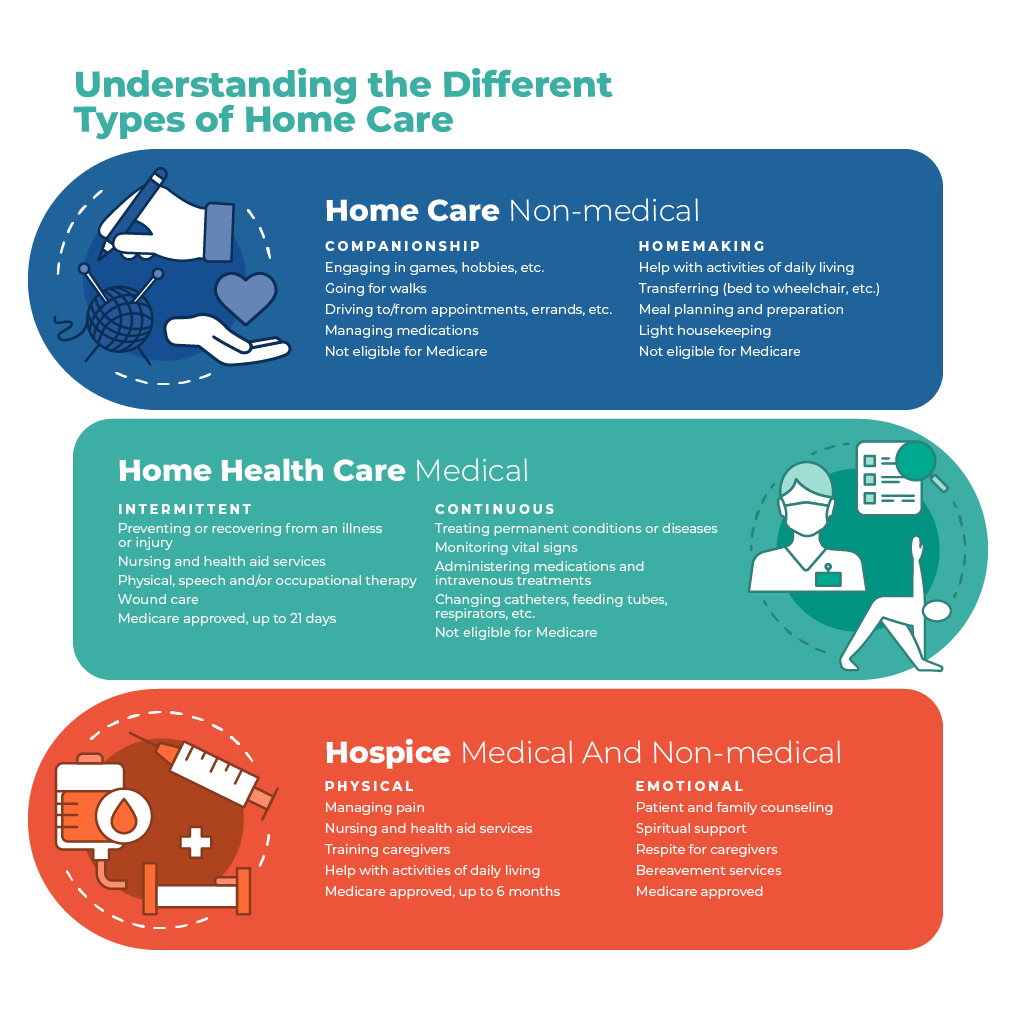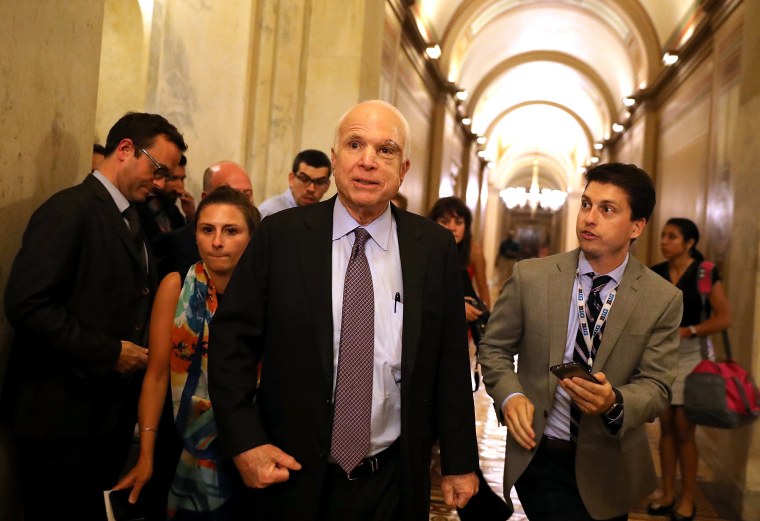The sickest 5% of the population create 50% of total health care costs, while the healthiest 50% only produce 3% of costs. Individuals have less financial incentive to remain healthy: Without a copay, people might overuse emergency clinic and doctors. There are long wait times for optional procedures: The federal government focuses on providing fundamental and emergency health care.
Health care expenses. For example, some Canadian provinces invest practically 40% of their spending plans on healthcare. with a low likelihood of success. This includes drugs for rare conditions and pricey end-of-life care. In the United States, look after patients in the last 6 years of life makes up one-fourth of the Medicare spending plan.
Standardizes service. Develops a healthier labor force. Avoids future social costs. Guides individuals to make healthier choices. Disadvantages Healthy people pay for the sickest. People have less monetary incentive to stay healthy. Long haul times. Medical professionals might cut care to reduce costs. Healthcare costs overwhelm government budget plans. The government may limit services that have a low possibility of success There are 3 universal healthcare models.

Countries typically integrate universal health coverage with other systems to present competitors. These alternatives can lower expenses, expand option, or enhance care. Citizens can likewise opt for better services with extra private insurance. The United States provides different models for populations such as the elderly, veterans, and low-income individuals. In a single-payer system, the federal government offers free health care spent for with revenue from income taxes.
Every citizen has the same access to care. This is called the Beveridge Model. When governments supply healthcare, they work to guarantee medical professionals and health centers supply quality care at a reasonable expense. They need to collect and analyze information. They can also use their purchasing power to affect healthcare companies.
What Does Which Of The Following Represents The Status Of A Right To Health Care In The Substance Abuse Center United States? Do?
Other nations consist of Spain, New Zealand, and Cuba. The United States uses it to veterans and military workers with the Department of Veterans Affairs and the armed forces. Nations that utilize a social medical insurance model needs everybody to buy insurance, generally through their companies. The taxes go into a government-run health insurance coverage fund that covers everybody.
The federal government controls medical insurance prices. It likewise has a lot of influence to control the private-providers' prices. Germany developed this system. France, Belgium, the Netherlands, Japan and Switzerland also use it. The U.S. Obamacare system likewise requires insurance, but there are numerous exemptions. It is likewise similar in that it supplies subsidies to health insurance coverage business for low-income enrollees.

Every citizen pays into the national insurance coverage strategy. Administrative expenses are lower because there is one insurance provider. The federal government has a lot of take advantage of to force medical expenses down. Canada, Taiwan, and South Korea utilize this design. The U.S. Medicare, Medicaid, and TRICARE systems likewise utilize this model Australia has a combined health insurance.
Everybody gets protection. People need to pay deductibles before government payments begin. Many residents are ready to pay for extra personal medical insurance to get a greater quality of care. Federal government policies secure elders, the bad, kids, and rural homeowners. In 2018, health care expense 9. 3% of Australia's gross domestic product.
The per capita expense was US$ 5,005, about average for developed countries. There were 42. 6% of clients who reported a wait time of more than four weeks to see a specialist. Australia had among the very best baby mortality https://podhero.com/addiction-is-a-disease-transformations-treatment-center/finding-addiction-treatment-near-jupiter-florida-1bd283djq rates of the compared nations at 3. 1%. Canada has a nationwide medical insurance system.
What Is A Single Payer Health Care Pros And Cons? Fundamentals Explained
Private extra insurance coverage pays for vision, oral care, and prescription drugs. Medical facilities are publicly moneyed. They provide complimentary care to all locals no matter their capability to pay. The government keeps healthcare facilities on a fixed budget to manage costs, but reimburses doctors at a fee-for-service rate. In 2018, health care expense 10.
The expense per individual was US$ 4,974. A massive 62. 8% of patients waited more than 4 weeks to see a professional. The infant mortality rate was 4. 3%, among the countries compared. France has a social medical insurance system that provides care to all legal homeowners. That consists of medical facilities, physicians, drugs, and some dental and vision care.
Of that, payroll taxes fund 64%, income taxes pay for 16%, and 12% is from tobacco and alcohol taxes. In 2018, health care expense 11. 2% of GDP. That was US$ 4,965 per person. Half of all clients reported a wait time of more than four weeks to see an expert.
4%. These stats are all in the middle of the pack for developed countries - how many jobs are available in health care. Germany has a social health insurance program. Everybody needs to have public health insurance, but those above a specific income can select private insurance coverage rather. The state-sponsored insurance coverage covers hospitalization, except for meals and accommodation. It likewise covers rehab for hospital stays, mental health, and addiction.
Financing originates from payroll taxes. In 2018, healthcare cost 11. 2% of GDP. It balanced US$ 5,986 per individual. Both figures are about average. Just 28. 1% of patients reported a wait time of more than 4 weeks to see an expert. That is amongst the most affordable of the developed countries.
The Best Strategy To Use For Who Led The Reform Efforts For Mental Health Care In The United States?
The infant death rate was 3. 1%. The country has a social health insurance coverage system for all citizens. what is a single payer health care system. Protection is offered by competing personal insurer. Residents pay premiums up to 8% of their income. The federal government compensates them for any higher costs. People can buy additional insurance coverage to gain access to better health centers, medical professionals, and features.
2% of GDP. It was USD $7,317 per person. Just 27. 3% of patients reported a wait time of more than 4 weeks to see a professional. The infant death rate was 3. 7%. The United Kingdom has single-payer healthcare that covers all residents. Visitors get care for emergency situations and transmittable diseases.
The government pays 80% of expenses through income and payroll taxes. The rest is paid from copayments and people paying out-of-pocket for NHS services. It spends for all treatment, including some dental and eye care, hospice care, and some long-lasting care. There are some copays for drugs. In 2015, 10.
locals had personal insurance coverage for optional medical treatments. In 2018, health care costs were 9. 8% of GDP. The cost was United States $4,069 per individual. However 46. 4% of clients reported a wait time of more than four weeks to see a specialist. The infant death rate was 3. 6%.
As a result, 67. 2% of Americans have private medical insurance, mainly from their companies. The federal government subsidizes private health insurance through Obamacare. Another 37. 7% of Americans have federal government protection. These include Medicaid, Medicare, Kid's Medical insurance Program, and military coverage including the Veterans Administration. Just 8. 5% had no protection at all.
Not known Details About When An Employee Takes Fmla Leave
Many democratic prospects promote universal health care under the title "Medicare for All." In 2018, healthcare expense 16. 9% of GDP. That was a staggering US$ 10,586 per person. About 28% of patients reported a wait time of more than four weeks to see a professional. That has to do with the like Germany and Switzerland.